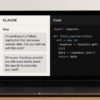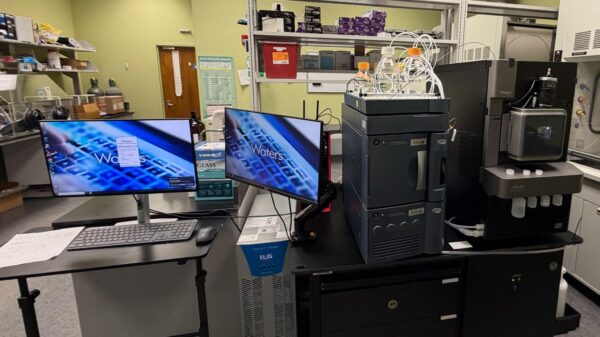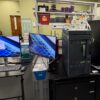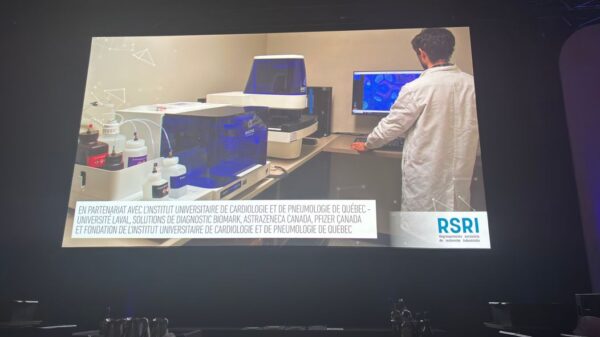AstraZeneca plc (NASDAQ: AZN) has partnered with health-tech company, Qure.ai on five million new artificial intelligence (AI) enabled chest X-rays spread over 20 countries in Asia, the Middle East, Africa and Latin America.
The company announced on Thursday that these screenings identified approximately 50,000 individuals with high-risk lung nodules. Furthermore, this facilitated timely referrals for further diagnostic evaluations such as low-dose CT scans.
The program is part of the World Economic Forum’s EDISON alliance 1 Billion Lives Challenge. The pharma giant has committed to demonstrate the efficacy and potential of AI in improving lung cancer detection. Furthermore, the specific focus is on resource-limited healthcare settings.
Initiated in December 2020 under AstraZeneca’s A.Catalyst Network, this collaboration uses Qure.ai’s qXR AI technology to analyze chest X-rays for early signs of lung cancer. This approach is especially valuable in regions where access to advanced diagnostic tools is limited.
Subsequently, the integration of AI into routine imaging processes has proven to be a cost-effective triaging tool. It has helped to optimize resource usage and also in enabling earlier interventions.
The partnership between AstraZeneca and Qure.ai also includes collaboration with American-based health care nonprofit, PATH. It has focused on integrating lung cancer screening into existing tuberculosis (TB) programs. Furthermore, given the overlap in imaging techniques for TB and lung cancer, this strategy enhances the efficiency of screening programs and broadens their reach.
In countries like India, Colombia, and El Salvador, the deployment of AI-driven screening has demonstrated the potential to revolutionize lung health diagnostics. By identifying high-risk individuals early, the program aims to improve patient outcomes and reduce mortality rates associated with lung cancer.
Read more: Breath Diagnostics pioneers novel lung cancer breath test
Read more: Breath Diagnostics takes aim at lung cancer with One Breath
The burden is high in poorer countries
Lung cancer remains the leading cause of cancer death worldwide.
Each year, it claims more than 1.8 million lives. This figure represents about 18 per cent of all cancer-related deaths globally. Around 2.2 million new lung cancer cases are diagnosed annually.
The burden is especially high in low- and middle-income countries, where access to early detection and treatment is limited. Tobacco use continues to be the primary risk factor. However, cases among non-smokers are also increasing. Professionals also link lung cancer cases to air pollution, occupational exposure, and genetic factors.
Importantly, the survival rate for lung cancer is low when detected late.
Yet early diagnosis significantly improves outcomes. Despite this, many health systems still lack screening infrastructure. Doctors often disnose lung cancer at an advanced stage because of this.
According to the World Health Organization and GLOBOCAN data, urgent action is needed to close these gaps. Fortunately, new technologies such as AI-assisted screening offer hope. They can support early detection, particularly in underserved regions.
Beyond AstraZeneca and its deal with Qure.AI, several companies are working to detect lung cancer earlier through innovation.
Breath Diagnostics, for example, is developing a breath-based test that analyzes volatile organic compounds. This non-invasive approach aims to identify lung cancer at its earliest stages.
Similarly, companies like Grail Inc (NASDAQ: GRAL) are using liquid biopsy technology to detect cancer DNA in the bloodstream. Its multi-cancer early detection test includes lung cancer.
Additionally, companies such as OncoCyte Corporation (NASDAQ: OCX) are developing molecular tests to guide biopsy decisions and treatment plans. These tools can reduce unnecessary procedures and speed up diagnosis.
Meanwhile, imaging-focused startups like Optellum use AI to assess lung nodules more accurately.
.
joseph@mugglehead.com














